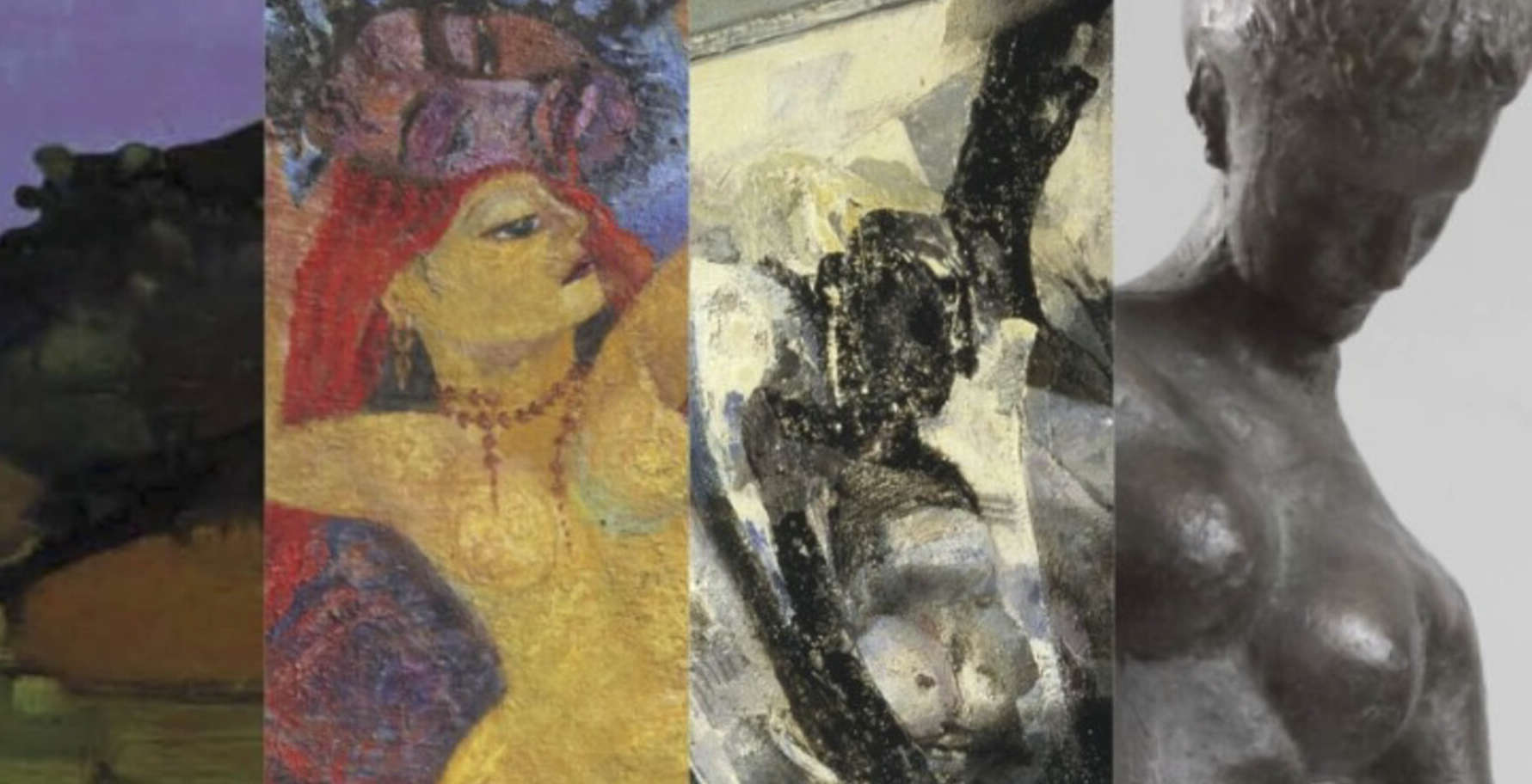An exhibition on two decades of great vitality, which aims to intercept the new international interest in painting and sculpture through important artists who marked a moment of intense creative fervor: this is Figurazione anni ’60s and ’70s, hosted at the Museums of San Salvatore in Lauro in Rome, from April 24 to July 21, 2024, and presenting a comprehensive survey of figuration painting and sculpture in Italy at the turn of the 20th century’s two most vital artistic decades. It is promoted by the Fondazione Terzo Pilastro - Internazionale and produced by Poema S.p.A. in collaboration with Il Cigno Arte.
The exhibition, curated by Lorenzo and Enrico Lombardi, is dedicated to the experiences of figurative painting and sculpture in Italy of the generations active between the 1960s and 1970s in particular, a highly complex and differentiated context that today deserves to be deepened and, in a great many cases, rediscovered.
During this period, among other things, visual artists often operated in close dialogue of poetics and representation with writers and directors such as Pier Paolo Pasolini, Italo Calvino, Alberto Moravia, Giovanni Testori, Luchino Visconti, Vittorio De Sica, and Leonardo Sciascia, in a sharing often directed at the narration of the new realities of metropolises and society undergoing rapid and, sometimes dramatic, transformation.
The Italian iconic lines represent, in fact, an interweaving of experiences often placed in an international context, in which visions and suggestions of various origins have crossed: from Realism of social and political matrix to Naturalism, up to Pop Art andHyperrealism, without forgetting the important influences of metaphysical painting.
The exhibition project has more than sixty works and is divided into four sections: the first, FIGURE SCULPTURE, includes artists such as Giacomo Manzù, Marino Marini, Pericle Fazzini, Emilio Greco, Venanzo Crocetti, Vincenzo Gaetaniello, and Valeriano Trubbiani.
The second section, POLITICAL SOCIETY REALITY, takes its start from masters of the Roman school such as Fausto Pirandello and Alberto Ziveri, but above all from Renato Guttuso, and includes artists attentive to the new scenarios of the suburbs, of ’urban alienation and protest such as Renzo Vespignani, Ennio Calabria, Titina Maselli, Giuseppe Guerreschi, Bruno Canova, Franco Mulas, Paolo Baratella, Giangiacomo Spadari, Lorenzo Tornabuoni, Franco Ferrari, Pablo Echaurren, Giacomo Porzano, and Ugo Attardi. The third section, NATURE PAINTING, is dedicated to a new contemporary Naturalism, and features works by Ennio Morlotti, Zoran Music, Giuseppe Zigaina, Carlo Mattioli, Giuseppe Banchieri, Attilio Forgioli, Piero Guccione, Giorgio Celiberti, Edolo Masci, Ruggero Savinio, Alberto Gianquinto, Nino Cordio, Vincenzo Nucci, Raphael Mafai, and Franco Sarnari. The fourth and final section, METaphysicians AND VISIONARIES, finally takes off from Giorgio de Chirico’s Metaphysics, while also presenting an international master such as Balthus, a French painter who nevertheless chose Italy as the place to live and to be inspired by. It includes important painters such as Fabrizio Clerici, Sergio Vacchi, Alessandro Kokocinski, Leonardo Cremonini, Riccardo Tommasi Ferroni, Sergio Ceccotti, Gianfranco Ferroni, and Angelo Titonel.
A catalog published by Il Cigno GG Edizioni is dedicated to the exhibition Figurazione anni ’60 e ’70.
For all information, you can visit the official website of the Fondazione Terzo Pilastro - Internazionale.
 |
| An exhibition in Rome on figuration in the 1960s and 1970s |
Warning: the translation into English of the original Italian article was created using automatic tools. We undertake to review all articles, but we do not guarantee the total absence of inaccuracies in the translation due to the program. You can find the original by clicking on the ITA button. If you find any mistake,please contact us.